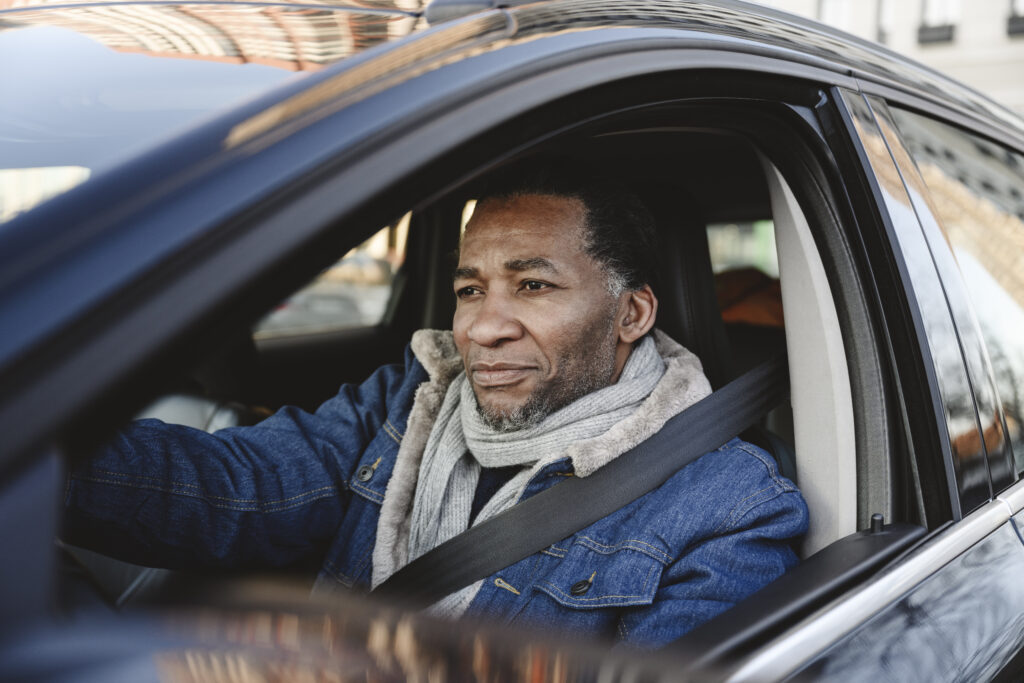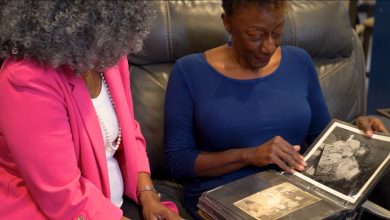The Hidden Costs of Missing Diversity from Clinical Trials – BlackDoctor.org


Imagine you’re testing a new medicine. To make sure it’s safe and works well, you need people to try it out. These volunteers are part of a clinical trial, a crucial step in developing new treatments. But there’s a problem: most trials don’t include enough people from different backgrounds.
This lack of diversity is a big deal, according to public health researcher Marya Shegog in a discussion with Lazarex Cancer Foundation. “Think about it this way,” she says, “money makes the world go round” in clinical trials.
Hospitals and research centers that run these trials want to get things done quickly and cheaply. So, they often target people who are easy to find, like patients at private doctors’ offices in wealthier areas. These patients tend to have insurance and flexible schedules, making it easier for them to participate.
But what about people who rely on public health clinics or don’t have reliable transportation? For them, clinical trials can be a financial burden. Shegog explains that insurance companies often don’t cover the costs associated with trials, like scans or extra doctor visits. Plus, there might be unexpected expenses like travel or missing work. “If you’re low-income, that can be a big deal,” Shegog says.
So why is diversity so important? Let’s say a new medicine is only tested on young, healthy adults. What if it has side effects that show up later in life, or if it doesn’t work as well for older people or those with certain health conditions? This is a real risk when trials don’t include a variety of participants.
Just like any product, medications can affect people differently. Things like genes, lifestyle, and access to healthcare can all play a role. A study in the New England Journal of Medicine found that groups like minorities and women have often been left out of clinical research. This can lead to treatments that aren’t as safe or effective for everyone.
Making Medical Research Fair for Everyone
There’s no easy fix, but there are steps we can take. First, clinical trials need to be more affordable and accessible. This could involve offering financial help to cover costs or working with community clinics to reach a wider range of people.
“Clinical trials are run at the institutions where they apply to run them and the protocol has to be very fixed,” Shegog elaborates. Therefore, the institutions “recruit where there’s the least amount of barriers.” They intentionally “[go] into affluent areas” and find “independent doctors who may have a lot of patients in this area.” These affluent patients “can afford to go to those doctors” while low-income patients reliant on public health clinics are left out.
Shegog emphasizes additional hidden costs, like travel and lodging for trial visits. While some trials may offer support in case of unforeseen delays, the burden often falls on participants, especially those from geographically distant areas. Underserved communities, already grappling with social and economic disadvantages, simply cannot afford such financial risks.
Building trust is key. Many people, especially from marginalized communities, might have concerns about participating in research due to past mistreatment. Open communication and education from trusted health care providers can help address these concerns.
To learn more about clinical trials, discover our Clinical Trials Resource Center.




